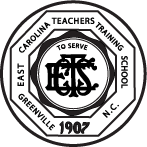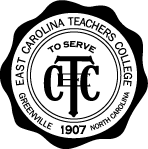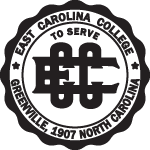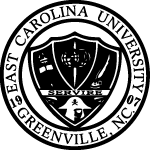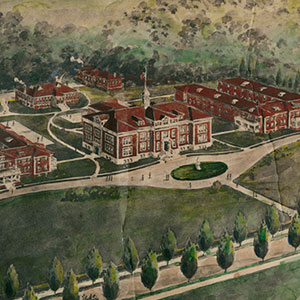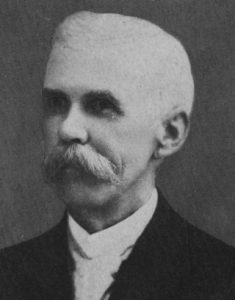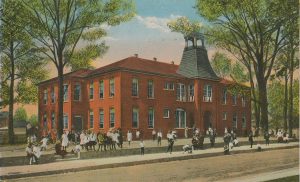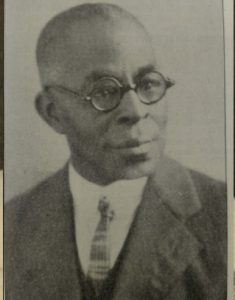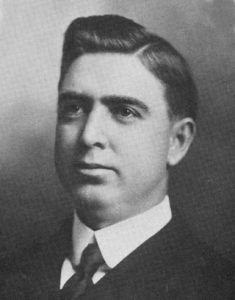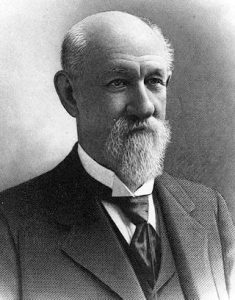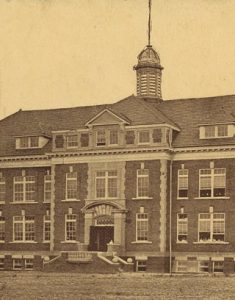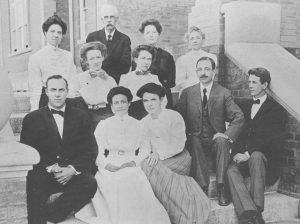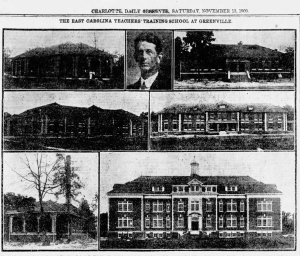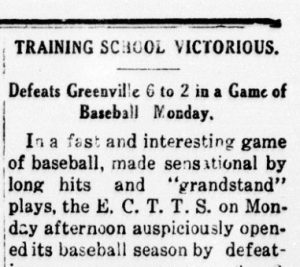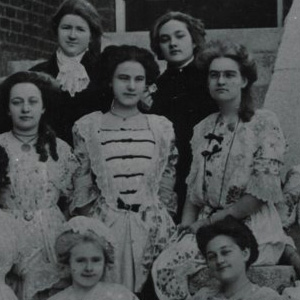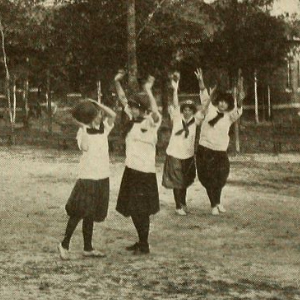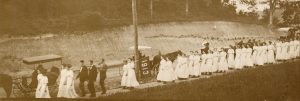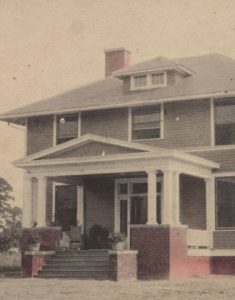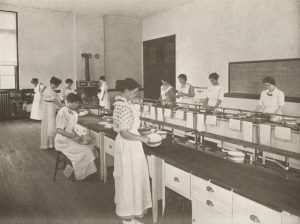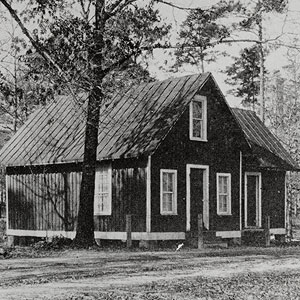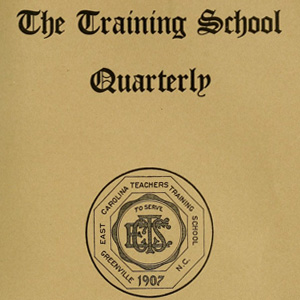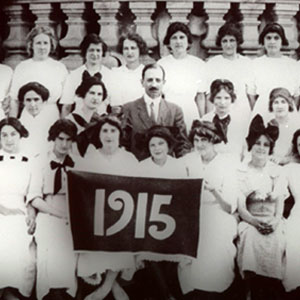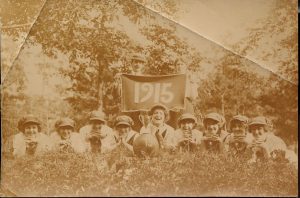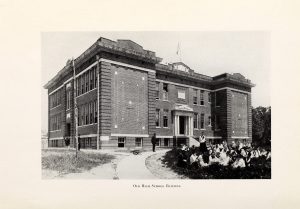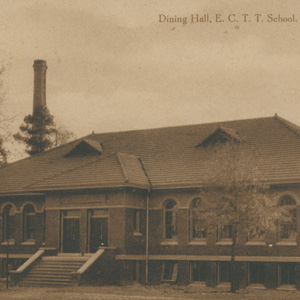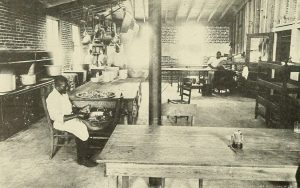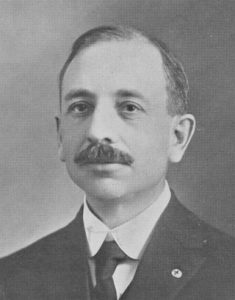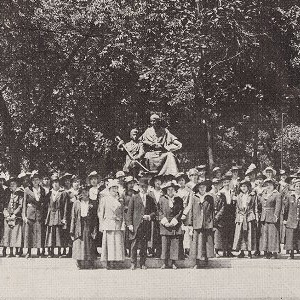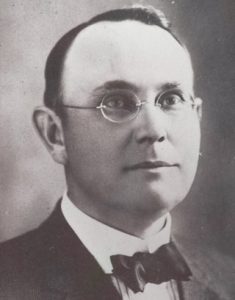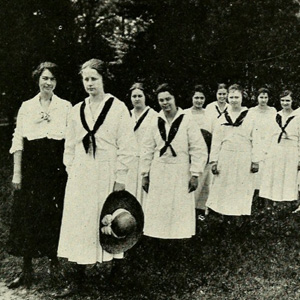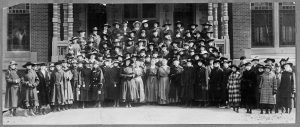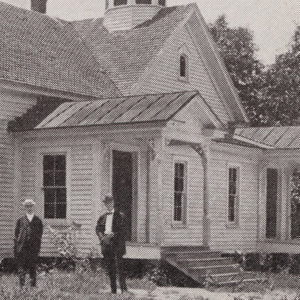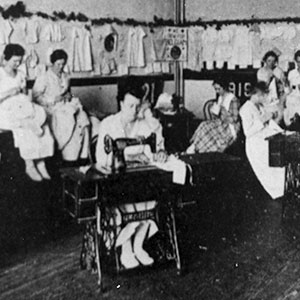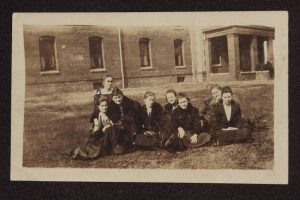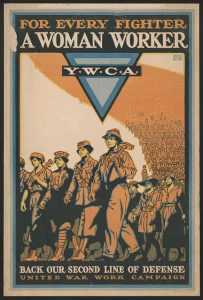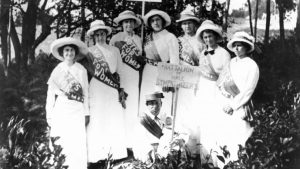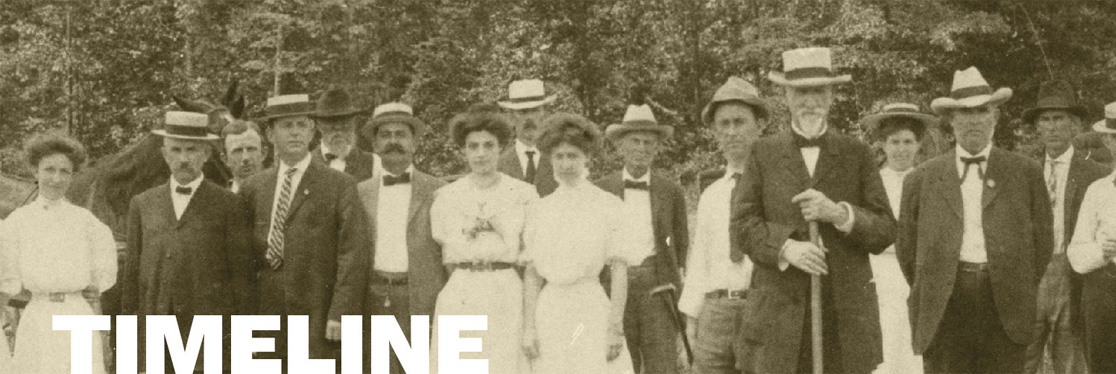
Tracing monumental figures and events
ECTTSEast Carolina Teachers Training School
The founding father of East Carolina Teachers Training School, former Governor Thomas Jordan Jarvis (1836-1915), fully grasped the ultimately incomprehensible significance of the institution’s start when he observed, “This school comes nearer to being the people’s school than any other in the state … [It provides] the greatest service to the greatest number of people … We can never begin to calculate the value it will be to North Carolina.” Read more…
Having retired from an unparalleled career in political office, Governor Jarvis spent his final decades in his adopted home, Greenville, playing a leading role in transforming the small but thriving tobacco town on the Tar River into a center of educational distinction. Working with state senator James L. Fleming, a Greenville resident, Governor Jarvis contributed his priceless political connections throughout the state to have legislation enacted providing for the school, and then subsequently for it to be located in Greenville. Governor Jarvis also played the leading role in selecting the architectural style of the campus, Spanish colonial, reflecting his service to the nation as minister to Brazil. Jarvis also presided over the selection of the first president of the training school, Robert Herring Wright (1870-1934), and the original faculty. When the school opened in the fall of 1909 to a class of 123 students (104 women, 19 men), there was no doubt that the eastern part of the state had entered a new and profoundly promising age.Unlike other schools in the area that were founded and then folded, East Carolina succeeded with distinction. Led for over two decades by President Robert Wright, a native North Carolinian devoted to excellence and progressive approaches to education, the training school rapidly filled a variety of needs with year round instruction of both aspiring and in-service teachers. The result was a degree of cultural and educational enlightenment in eastern North Carolina that continues even as the school advances into its second century.
Belief in the progressive power of education vis-à-vis the problems challenging humanity was an integral ethic at the institution. Confident elation over the new experiment was evident in virtually all that the school and its students did, from hosting a lecture by Helen Keller, to staging dramatic performances of plays like The Mikado, to the founding of literary societies, gardening, chapel talks, hiking, social activities, and myriad other forms of community engagement complementing classroom learning.
Robert Herring Wright (1870-1934)
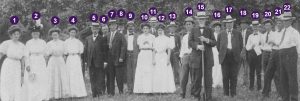
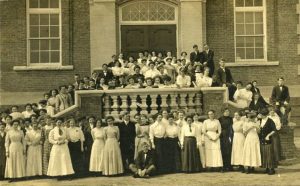

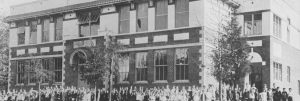
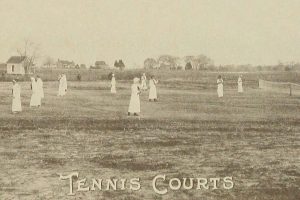
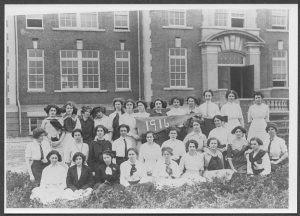
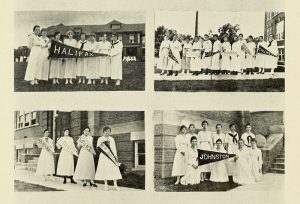
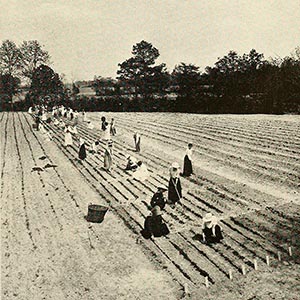
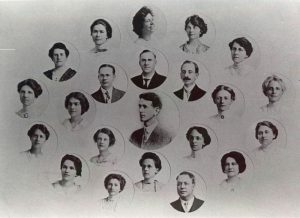
Next: East Carolina Teachers College History »
